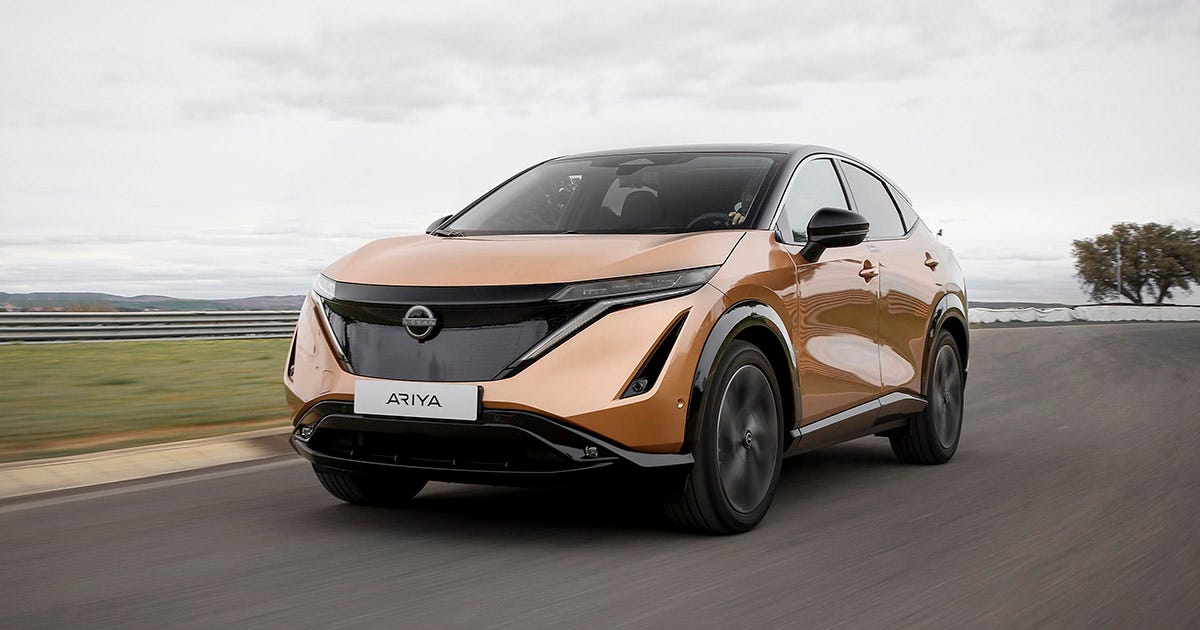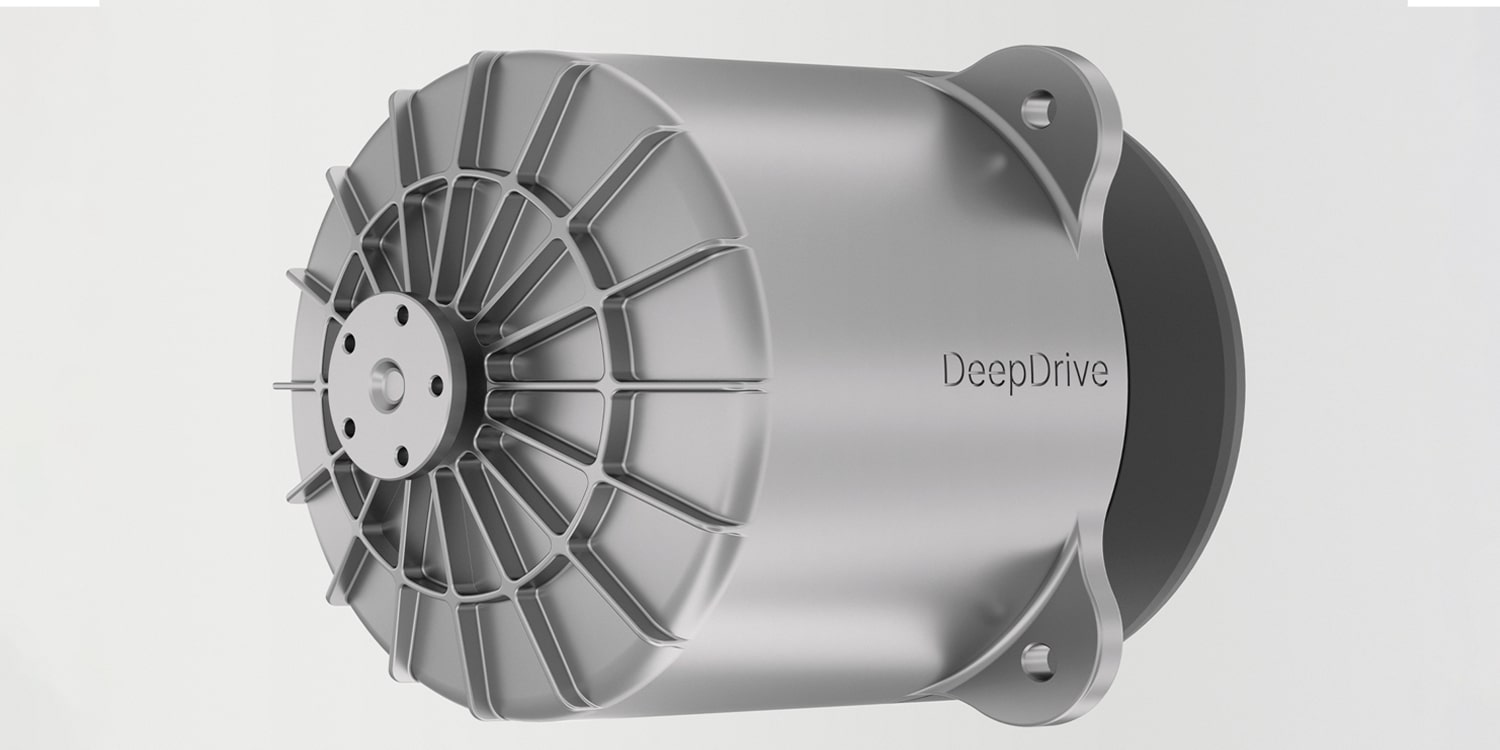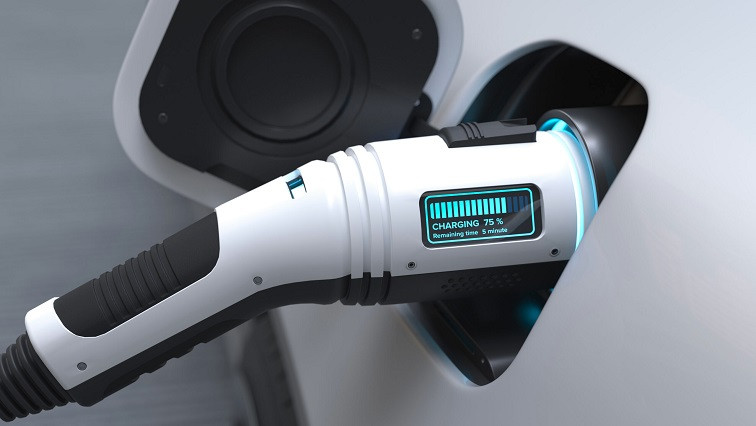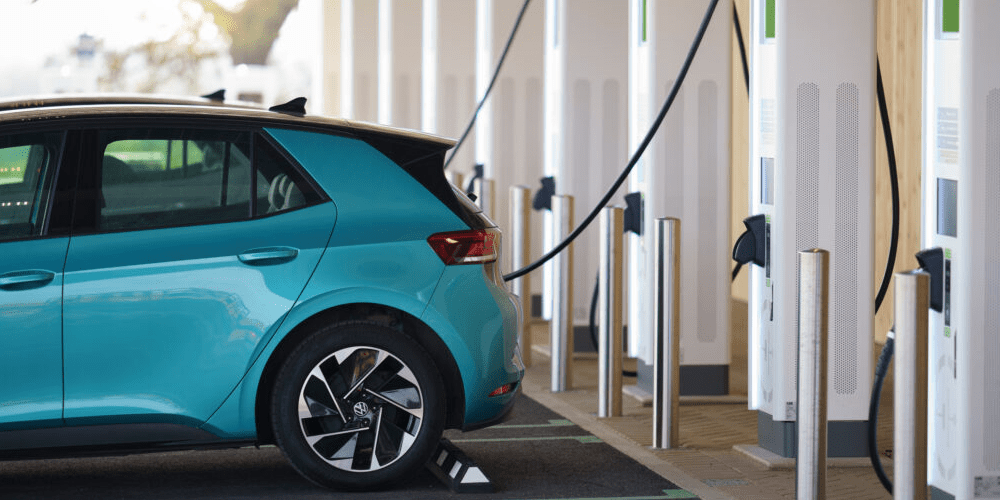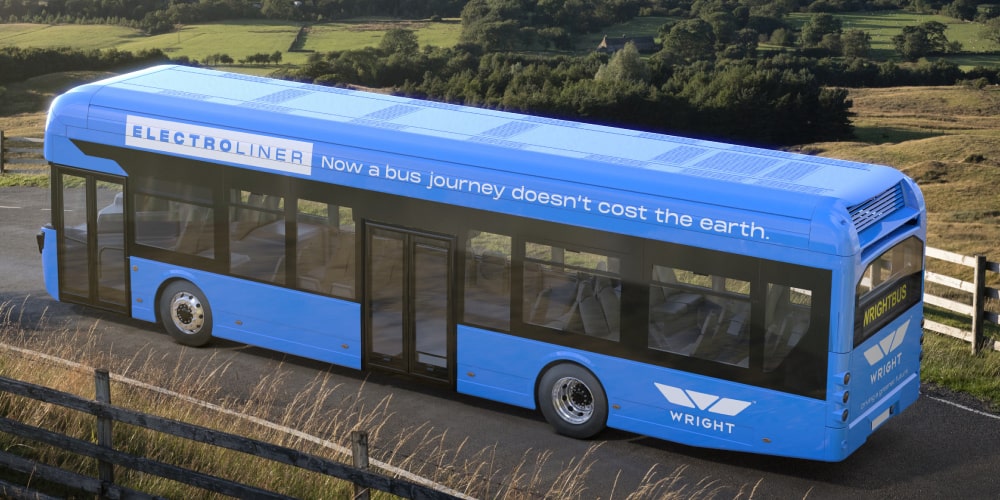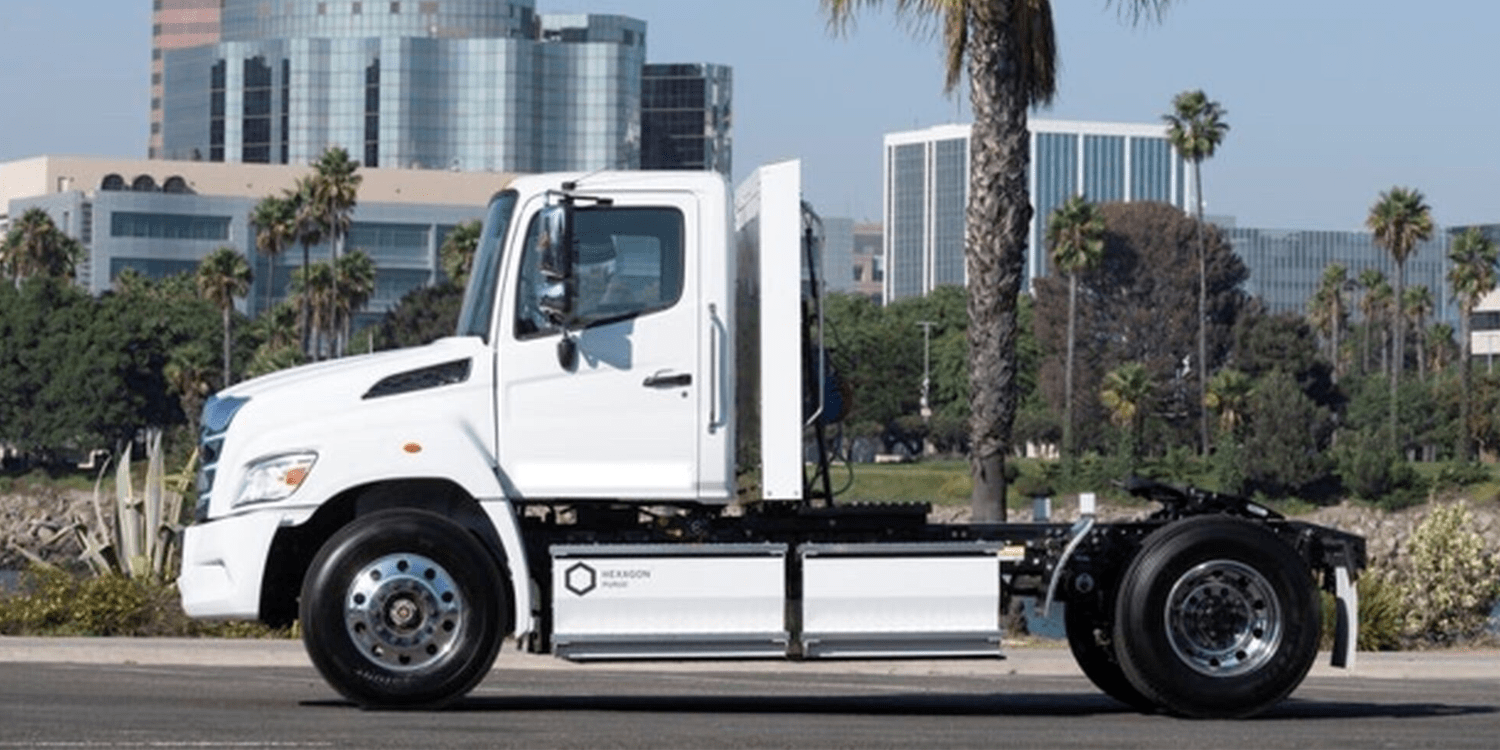The automobile industry in the United States is currently undergoing a monumental transformation towards a 100% all-electric future, and the pace of this shift is rapidly accelerating.
Recent reports show that in January alone, new light-duty, battery-electric vehicle (BEV) registrations accounted for over 7% of total vehicle volume, indicating a significant increase in demand for electric cars.
But it’s not just the demand that’s increasing; the market is also expanding with more and more electric vehicle models being introduced. The Department of Energy’s Vehicle Technologies Office has reported that the number of available BEV models nearly doubled from 20 in the 2021 model year to 38 in the 2022 model year, marking the highest growth in the industry to date. This indicates that more and more manufacturers are recognizing the benefits of all-electric mobility and joining the segment.
See also: U.S. needs to quadruple the number of EV chargers by 2025
One particularly noteworthy finding is that for the first time since 2014, the number of BEV models available on the market in the US is now higher than the number of plug-in hybrid models (PHEVs). This is a clear indication that manufacturers are increasingly shifting towards all-electric cars instead of adding plug-in hybrid versions of existing conventional cars.
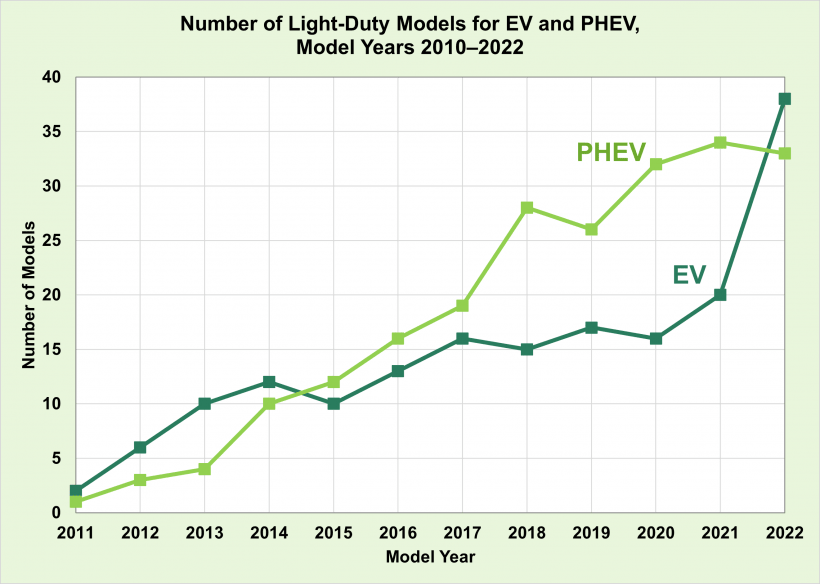
The current shift towards all-electric cars differs significantly from the trend a decade ago when the number of BEVs outnumbered PHEVs. At that time, most of the BEVs available were low-volume compliance cars with limited availability. However, the new all-electric cars being introduced today are based on specially developed, all-electric platforms on which manufacturers have invested heavily.
See also: Tesla readies revamped Model 3 with codenamed “Project Highland”
While it remains to be seen whether BEVs will outnumber PHEVs in the coming years, there is no doubt that the growth of all-electric cars will outpace that of plug-in hybrids.
Another significant development in this transition is the increased localization of electric vehicle production, including the production of batteries and other components. This trend is set to continue as more and more manufacturers invest in local production facilities, further driving the shift towards a 100% all-electric future.

